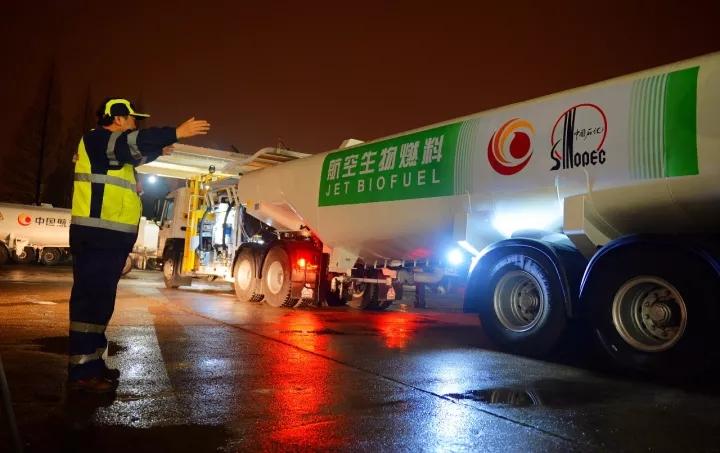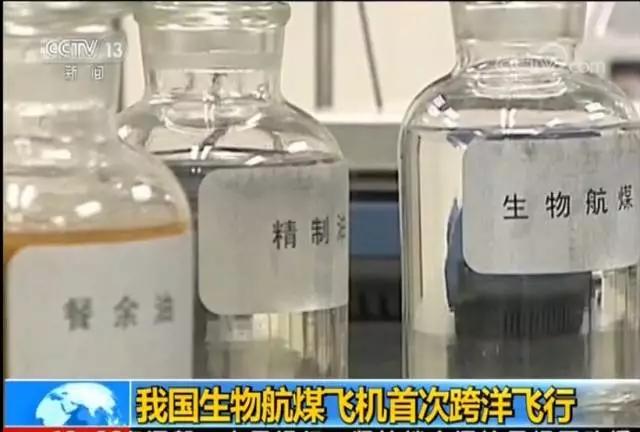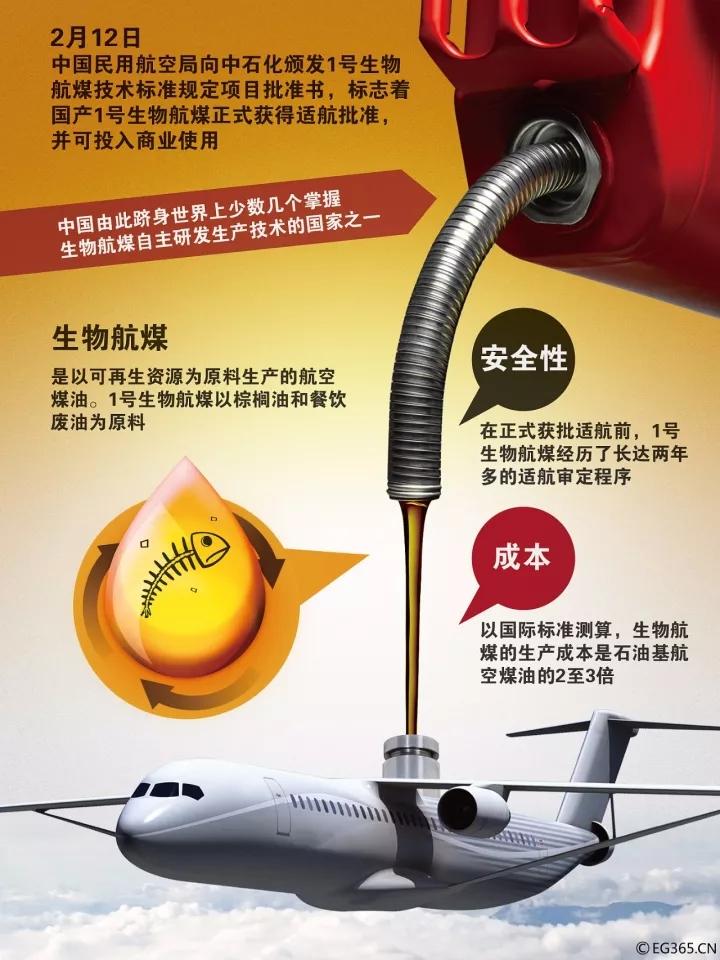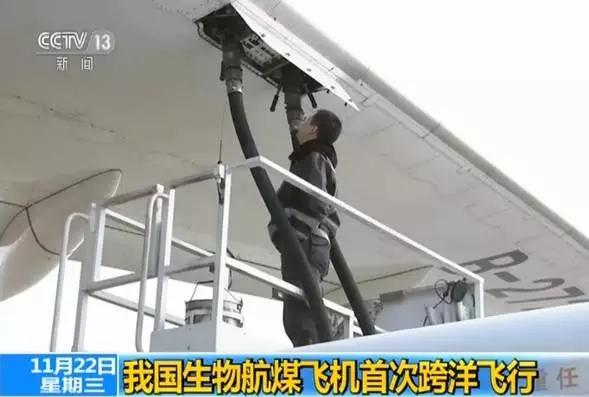CCTV News:In the early morning of the 22nd, a flight independently developed by China for bio-aviation kerosene was added and landed smoothly in Chicago, USA. Surprisingly,The bio-jet fuel filled in this flight is made of waste cooking oil, which is what we call waste cooking oil!

The first transoceanic commercial passenger flight of bio-jet fuel in China
This is the first trans-ocean commercial passenger flight of bio-jet fuel in China.
Hainan Airlines 787, fueled with China Petrochemical No.1 bio-jet fuel, took off from the Capital Airport at 14:15 Beijing time on the 21st. Carrying 186 passengers and 15 crew members, it landed smoothly at Chicago O ‘Hare International Airport at 2:11 am Beijing time on the 22nd after 11 hours and 41 minutes.
Captain Sun Jianfeng:
The whole flight was very smooth and smooth. The maximum flying altitude has reached 41,000 feet. The engine is in good condition. Fuel is in good condition. The purpose of this verification flight was completely achieved.
canEffectively reduce carbon emissions

Bioaviation kerosene takes renewable resources as raw materials, mainly includingCoconut oil and palm oilEtc., even includingAnimal fat, waste fat on the table, which is what we often call "gutter oil".
Sinopec No.1 Bio-jet fuel used for transoceanic commercial passenger flights is made from waste cooking oil and blended with conventional jet fuel at a ratio of 15:85.
The use of bio-jet fuel can effectively reduce carbon emissions while ensuring the original flight safety and efficiency.

△ Data Map/From vision china
Large-scale emission reduction: equivalent to planting 300 million trees a year
Statistics show that 1 ton of traditional jet fuel will emit 3.2 tons of carbon dioxide after burning. At present, China’s jet fuel consumption is about 30 million tons. If all of them are replaced by bio-jet fuel, at least 30% of each ton of bio-jet fuel will be reduced, which will reduce carbon dioxide emissions by about 33 million tons a year, which is equivalent to planting nearly 300 million trees and stopping nearly 20 million economical cars for one year.
Ji Yuan, deputy director of the Development Planning Department of the Civil Aviation Administration, said that bio-fuel is a very effective means for civil aviation to achieve the goal of emission reduction while expanding production.
"Waste oil" breaks through the bottleneck of aviation industry development
At the 2014 United Nations Climate Summit, China promised to reduce carbon emissions by 40%-45% by 2020, in which the civil aviation industry is a key target.
Ji Yuan, Deputy Director of Development Planning Department of CAAC:
The current goal of ICAO is carbon neutral growth after 2020. That is, after 2020, although production is still increasing, carbon emissions will no longer increase. Therefore, whichever country develops rapidly, the pressure on which country is bound to be great.
The carbon dioxide emitted by biofuels can be absorbed by plants, and the carbon dioxide emission can be reduced by more than 35% or even more than 50% by this cycle. At the same time, it can also reduce the possibility of waste oil flowing to the table.

Only four countries in the world have it.This technology
China began to develop bio-jet fuel in 2006, and now it has become the second largest country after the United States, France and Finland.The fourth country with independent research and development technology of bio-jet fuel.
In 2011, Zhenhai Refining & Chemical Company of China Petrochemical Company built the first demonstration device of bio-jet fuel industry in Asia in its production base, with an annual production capacity of 100,000 tons, which is enough for Beijing to fly to new york for 200-300 times.